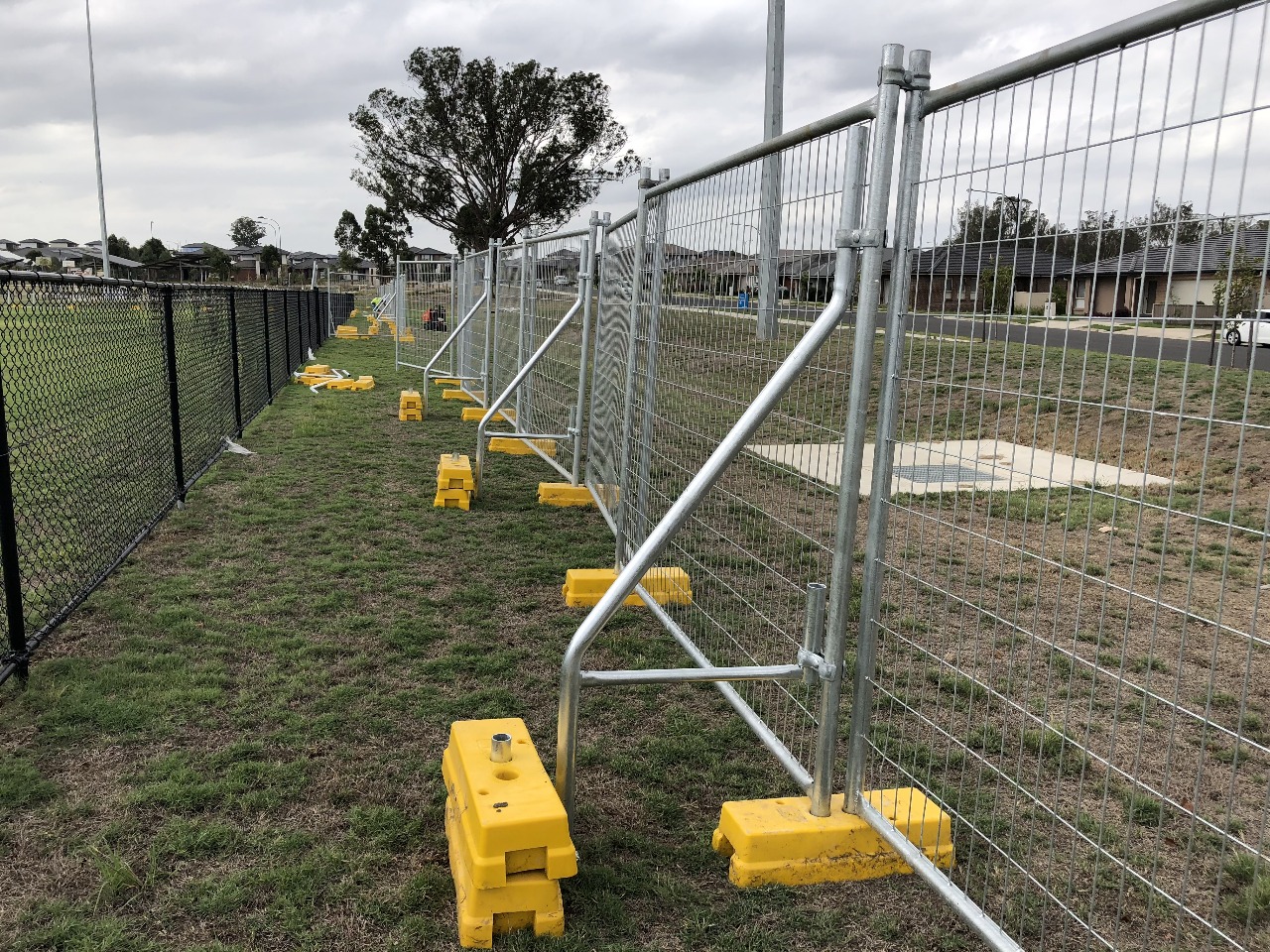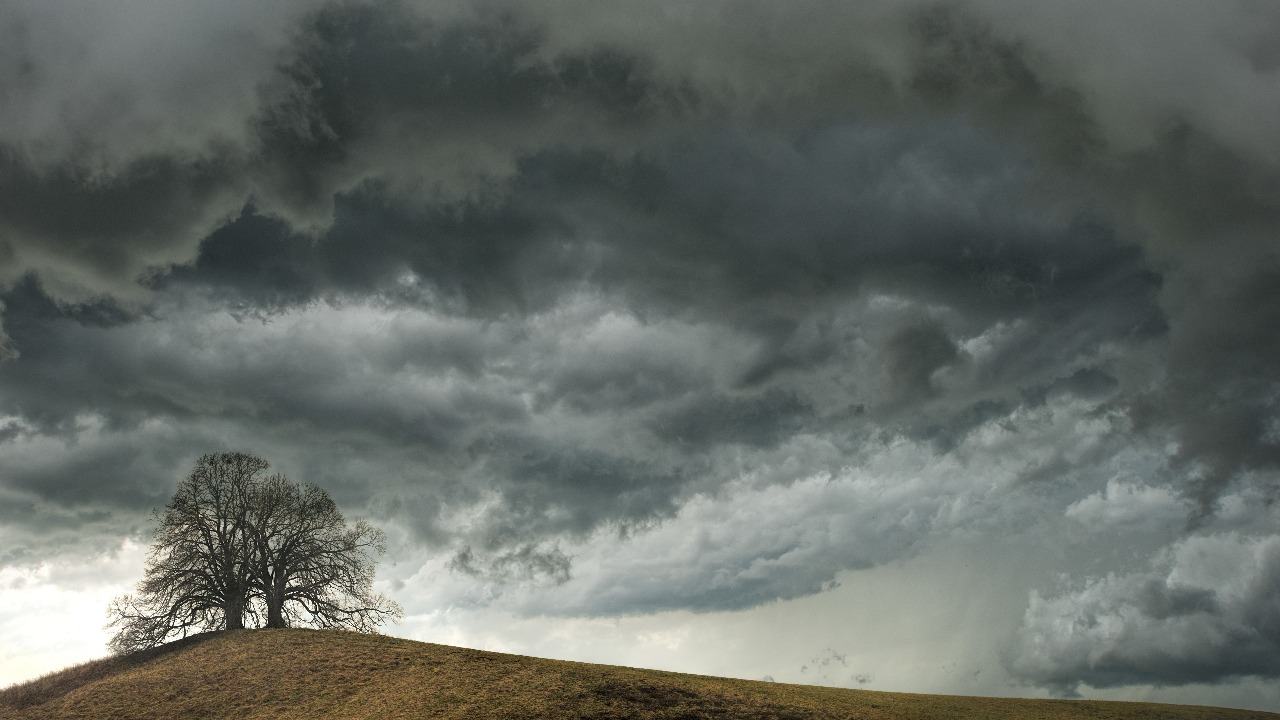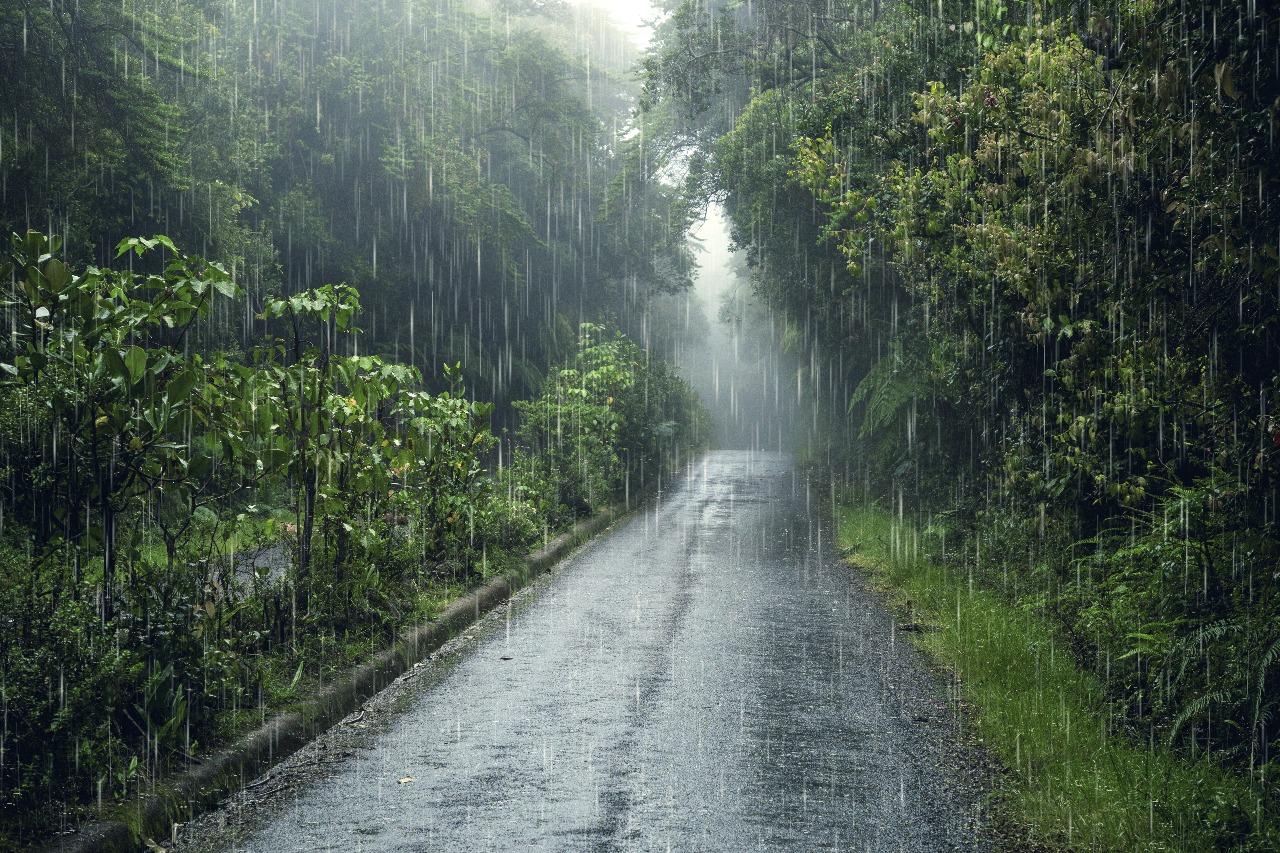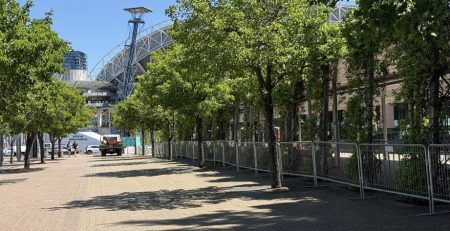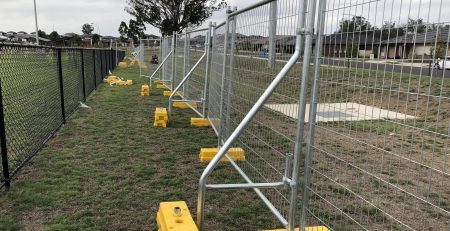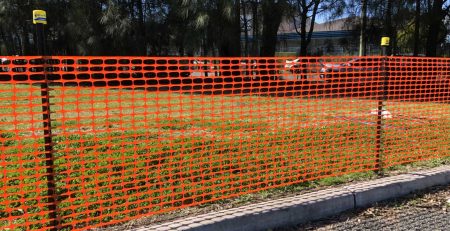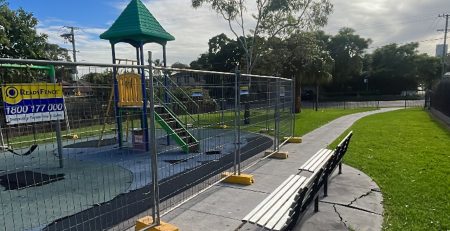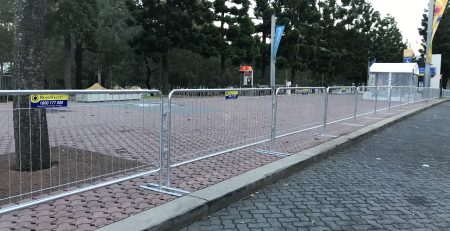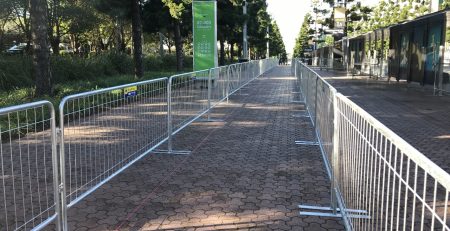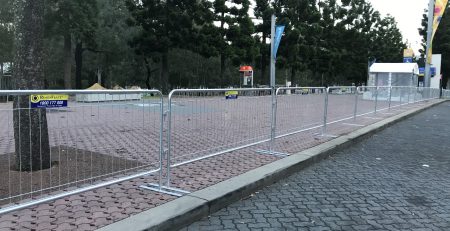How Weather Conditions Impact Temporary Fencing – And What You Can Do About It
Australia’s climate is no stranger to extremes. From sudden coastal gusts in Brisbane to unpredictable downpours in Sydney’s west, weather poses a real risk to any temporary fencing setup.
When your fencing isn’t properly installed or reinforced, it can collapse, injure pedestrians, breach compliance standards—and potentially cost your business in liability.
This guide breaks down the top five weather threats to temporary fencing—and how to prepare your site before disaster strikes.
High Winds: The #1 Threat to Temporary Fencing Stability
Risks
- Fence panels tipping onto public pathways
- Fencing crashing into vehicles or equipment
- Pedestrian injuries at events
- Structural damage to nearby buildings
Solutions
- Use weighted fence feet and stabilisers
- Install brace sets on corners and exposed sections
- Avoid placing fences on slopes or soft soil
- Use wind-permeable mesh panels where possible
Best Practice: Always request wind-rated bracing systems for high-risk zones. It’s a small upfront cost that can prevent thousands in damage or injury.
Heavy Rain and Soil Saturation: Hidden Dangers Below the Fence
Risks
- Sinking or shifting fence feet
- Mud-sliding panels blocking access
- Overnight collapses after storms
- Event or site delays due to unsafe perimeters
Solutions
- Use dual block feet to spread weight
- Add extra braces in wet or unstable areas
- Schedule mid-hire inspections during multi-day projects
Site Insight: Regions like Logan, Ipswich, and the Central Coast can experience sudden shifts in soil conditions. Monitor forecasts and plan ahead.
Extreme Heat & UV Exposure: Degrading Materials Over Time
Risks
- UV damage causing feet to crack or fade
- Mesh warping, affecting alignment
- Blackout screens deteriorating or tearing
Solutions
- Confirm materials are UV-stabilised
- Ask for new or recent stock for long hires
- Inspect fencing weekly during summer hires
Planning Tip: For projects running January to March, inspect mesh joints, plastic feet, and blackout screens regularly.
Storm Events and Emergency Response Scenarios
Risks
- Airborne fencing during fast-moving storms
- Blocked emergency access routes
- Liability issues from damage to public spaces
Solutions
- Use extra bracing in public-facing areas
- Avoid installing near trees or power lines
- Confirm provider offers emergency redeployment support
Contractor Tip: Ask if your provider has a 24–48hr emergency team for fencing failures during extreme weather.
Event-Specific Weather Risks: What Organisers Often Overlook
Risks
- Fencing and tents forming wind traps
- Lightweight barriers shifting during rain
- Day-to-day weather changes causing structural failure
Solutions
- Anchor barriers with sandbags, cable ties, or weight blocks
- Use water-filled or weighted bases on grassy areas
- Create a mid-event safety checklist for reinforcement
Festival Tip: For large events like food festivals or sports tournaments, include “weather-ready fencing” in your production checklist.
How to Weather-Proof Your Temporary Fencing Strategy
|
Risk Factor |
Recommendation |
|---|---|
| High Wind |
Bracing bars, extra weights, wind-rated systems |
| Heavy Rain |
Dual feet, reinforced lines, on-site inspections |
| Extreme Heat |
UV-stabilised materials, shaded storage |
| Storms |
Emergency access zones, rapid redeployment plan |
| Event Conditions |
Mixed fencing types, mid-event checks, sandbagging |
Why Site Managers Across QLD & NSW Choose Ready Fence
At Ready Fence, we offer more than just equipment—we offer expertise.
- Wind-rated bracing systems
- UV-resistant materials that last
- Teams based in Brisbane and Sydney
- Site-specific layout plans
- 24–48 hour response for weather emergencies
Whether you’re managing a construction project in Ipswich or a public event in Penrith, we help you stay compliant and protected—no matter the forecast.
Final Word: Don’t Let the Weather Undermine Your Project
Ignoring weather threats can undo months of preparation. With the right temporary fencing plan, you can avoid:
- Safety risks
- Compliance issues
- Budget blowouts
- Project delays
Need help preparing for weather extremes?
Contact Ready Fence for expert advice, fast delivery, and durable fencing solutions built for Australia’s climate.

